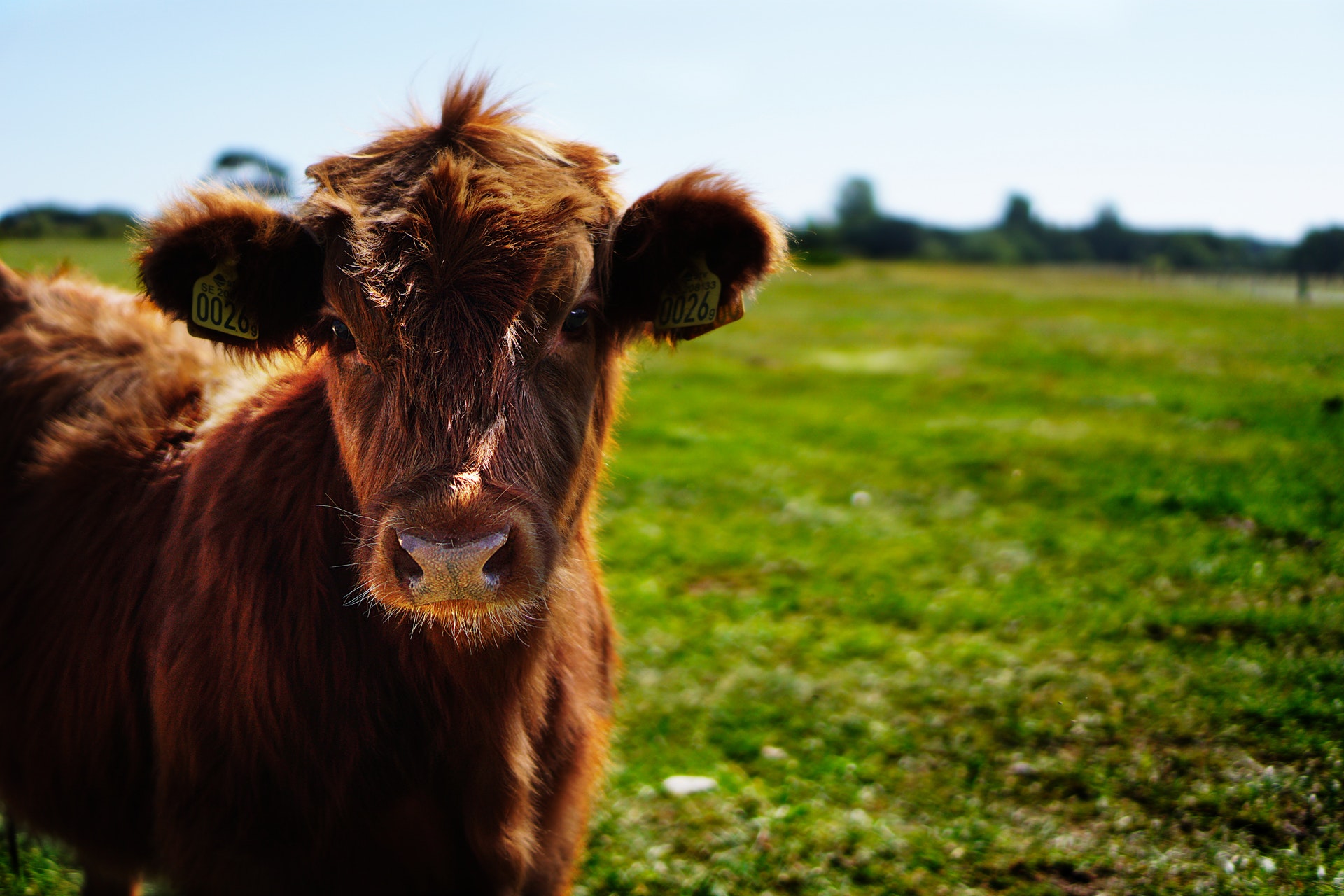
The world economy has had an extraordinary boom in growth especially in the low- and middle- income countries. This rise has resulted an excess in the consumption of meat and dairy products. Africa’s meat consumption has risen by more than 50 percent while Asia and Latin American numbers are increasing beyond 66 percent.
In order to satisfy this growing market, animal husbandry has been pushed to its very limits. The use of antimicrobials that increases resilience has become a common trend in these isolated farms that are extremely difficult to regulate.
The consequences of this unregulated and excessive use of antimicrobials are disastrous. The strains of bacteria resistant to antimicrobials have skyrocketed throughout the globe. As a result, drugs are becoming ineffective, putting both the animals and humans at a risk that is not fully understood by the general public.
A team of researchers led by Thomas Van Boeckel, SNF Assistant Professor of Health Geography and Policy at ETH Zurich, has recently published a map of antimicrobial resistance.
According to the study, northeast China, northeast India, Southern Brazil, Iran and Turkey shows positive correlation with high rates of antimicrobial resistance in animals. In these regions a large number of bacteria have been found to be resistant to numerous drugs that are used in animals but also in human medicine. The team has created an open-access web platform resistancebank.org to share their findings and gather additional data on resistance in animals.
"This alarming trend shows that the drugs used in animal farming are rapidly losing their efficacy," Van Boeckel says.



Leave a comment
0 Comments